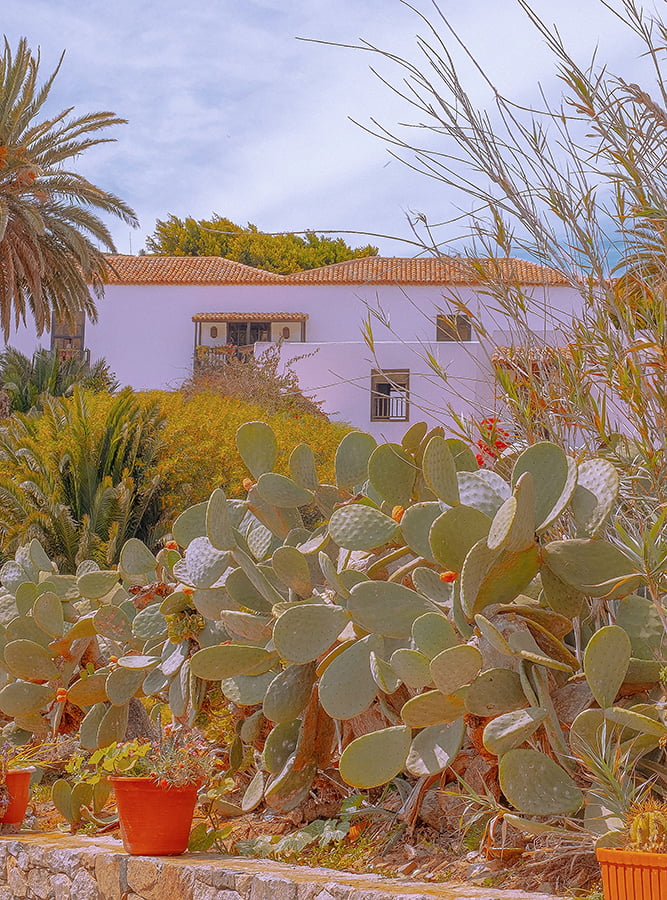Avoiding common mistakes when xeriscaping includes ensuring the soil is well-drained, selecting plants suited to the climate and soil conditions, and ensuring enough space between plants.
Xeriscaping is an increasingly popular way to landscape your yard while conserving water and reducing your environmental footprint. While xeriscaping can provide a beautiful, sustainable look to any outdoor space, some common mistakes can be easily avoided.
In this blog post, we’ll discuss some of the most common mistakes people make when xeriscaping and how you can avoid them.
Choosing the Wrong Plants

Choosing the wrong plants can lead to a variety of problems, such as poor growth, increased water usage, and even death of the plant. To avoid these common mistakes when xeriscaping, it is important to research which plants are best suited for your area before purchasing them.
Consider factors such as sunlight exposure, soil type and drainage capabilities when selecting plants for your landscape. Be sure to select drought-tolerant varieties that require minimal water in order to conserve resources while still achieving a beautiful landscape design.
Not Planning for Maintenance
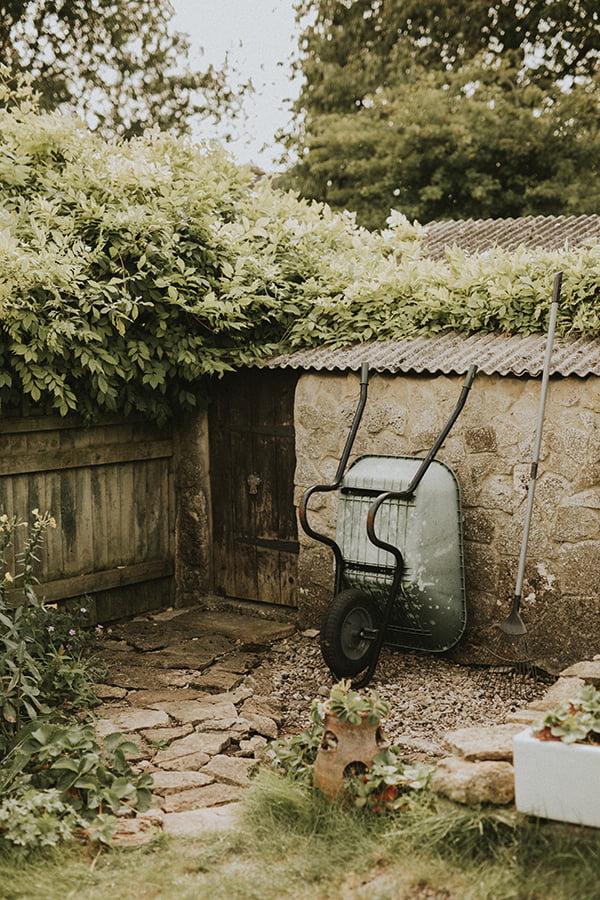
Without proper planning, the landscape can quickly become overgrown and unkempt. One of the most common mistakes people make when xeriscaping is not taking into account how much time and effort will be required to maintain the landscape.
This includes tasks such as weeding, pruning, fertilizing, and watering. Not planning for these tasks can lead to an unsightly yard that requires more work than necessary in order to restore it back to its original condition.
Failing to plan for maintenance can also result in plants becoming stressed or dying due to lack of care or attention. To avoid this mistake when xeriscaping, it is important to consider how much time and effort will be needed for regular upkeep before beginning any project.
Poor Soil Preparation
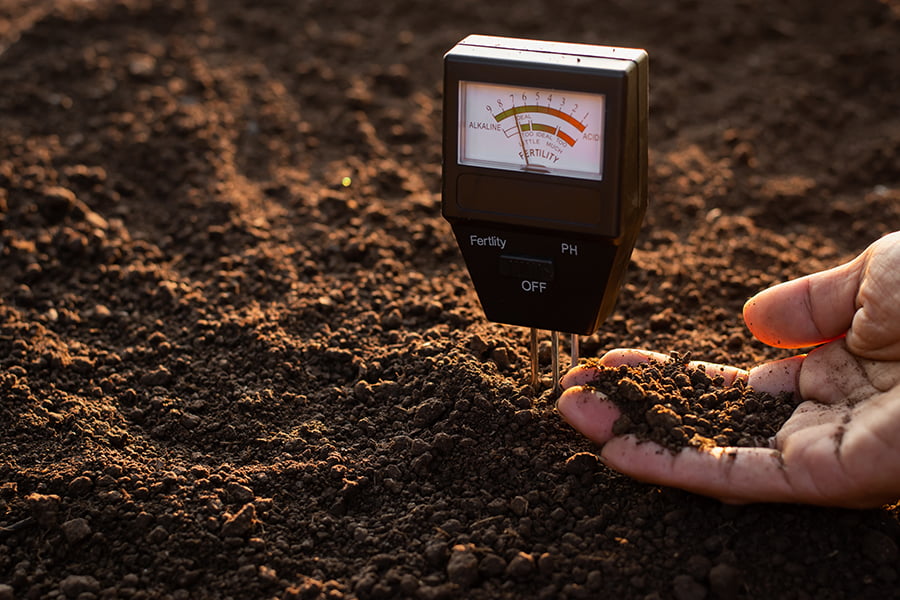
It is important to ensure that the soil in your garden is suitable for xeriscaping before planting any plants. This means testing the pH level and nutrient content of the soil, as well as ensuring it has good drainage capabilities.
If these conditions are not met, then plants may struggle to survive in such an environment. Adding organic matter such as compost or mulch can help improve water retention and provide essential nutrients for plant growth.
It’s important to make sure that you don’t over-water your plants; too much water can lead to root rot and other issues with plant health.
Overwatering
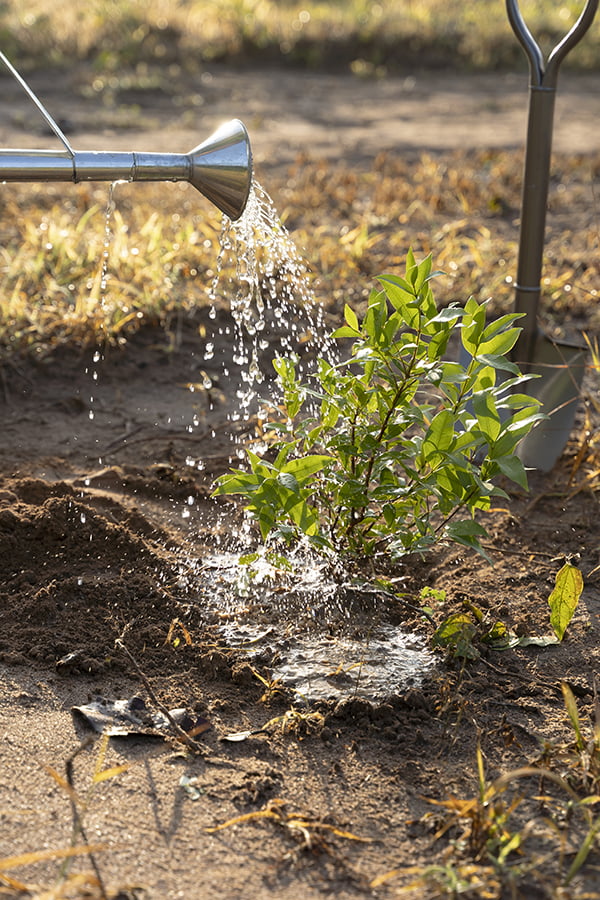
It occurs when too much water is applied to plants, resulting in a variety of negative consequences. Overwatering can lead to root rot, which can cause plant death and damage the soil structure.
Overwatering can cause an increase in weeds and pests as well as an increase in disease-causing organisms such as fungi and bacteria. Furthermore, it can also lead to nutrient leaching from the soil due to excessive runoff or drainage.
To prevent overwatering, it is important to check soil moisture levels regularly and adjust watering schedules accordingly. Mulching around plants helps retain moisture while reducing evaporation rates from the soil surface.
Not Accounting for Sun Exposure
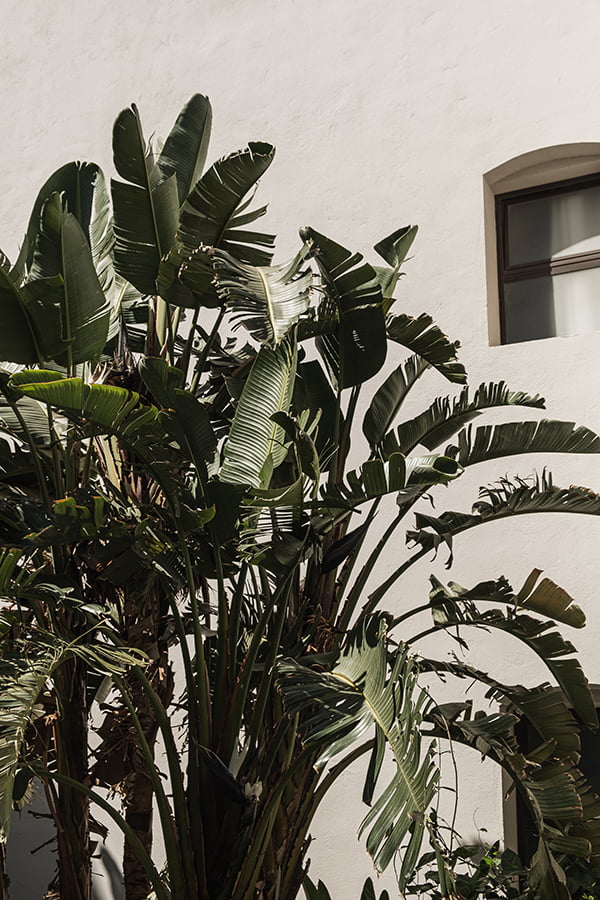
Not accounting for sun exposure can lead to a number of problems, such as plants not receiving enough light and becoming weak or dying, or receiving too much light and becoming scorched. Sun exposure also affects the water needs of plants; those in full sun require more frequent watering than those in partial shade.
Some plants may need protection from intense afternoon sunlight by being planted in an area with some shade. Therefore, when planning a xeriscape garden it is essential to take into account how much sunlight each plant will receive throughout the day so that they are given the right conditions for growth and health.
Ignoring Local Climate Conditions

Ignoring local climate conditions can lead to costly mistakes and a landscape that does not thrive. For example, if you live in an area with cold winters, planting tropical plants may not be the best choice as they will likely die during the winter months.
Similarly, if you live in an area with hot summers and little rainfall, selecting drought-tolerant plants that require more water than your region receives could also be a mistake. It is important to research what types of plants are best suited for your particular climate before beginning any xeriscaping project.
